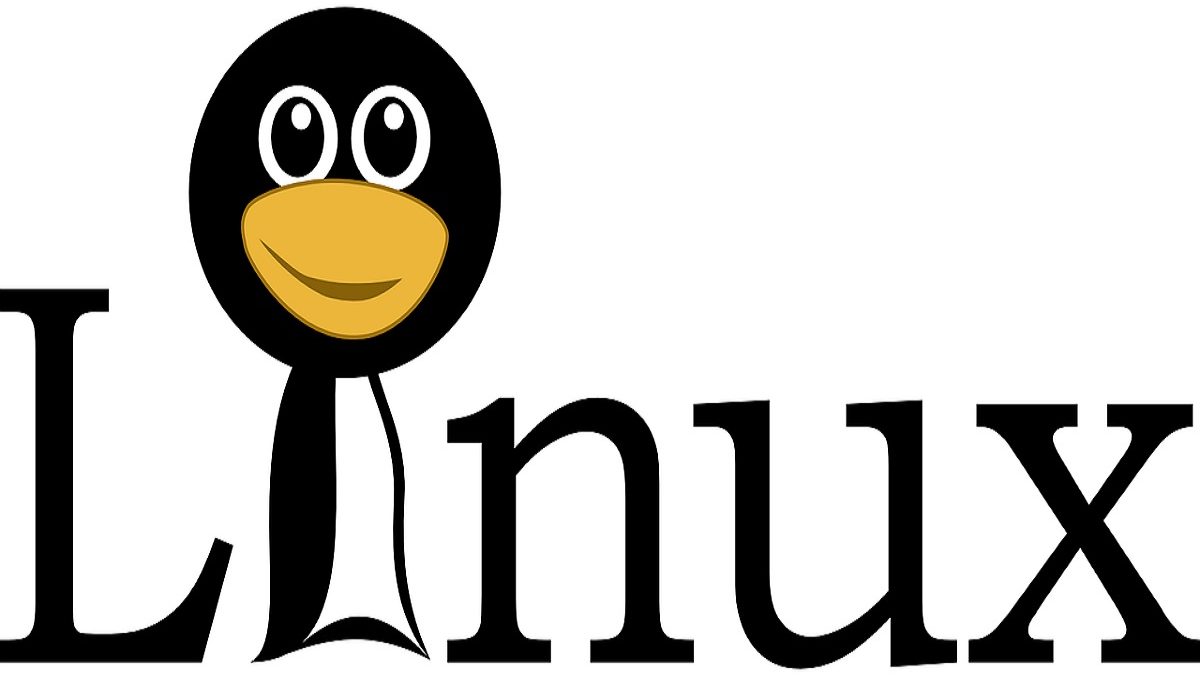Table of Contents
Linux Definition
Linux is a free core operating system based on Unix. It is an Operating System like MacOS, DOS or Windows. Linux is the software necessary for your computer to allow you to use programs. Such as text editors, games, Internet browsers, etc.
Linux can be used through a graphical interface just like Windows or macOS. But, it can also be used through a command line such as DOS.
Linux had many versions, and Linus Torvalds created all of them. He wanted to work on simple ideas for an operating system kernel. An attempt to obtain a free operating system kernel similar to Unix. The best version that Linus Torvalds created was Linux 3.0.0, also called Linux Kernel
What is Linux used for?
- The use of Linux is for web environments, development, and servers.
- Linux is useful for both work and home use. However, for commercial computer games, the Linux server is not one of the best.
- It is harder to control than windows, but then it is faster and can become more useful in Development related works. Moreover, you can use linux timer to monitor your time spend on linux.
- Linus is also more complicated for Linux to let viruses into its server. It works by commands.
Also Read: What is Malware (Malicious Software)? Definition, Types and More
How to Install Linux on your Computer?
Steps to install Linux easily
- The first thing that you need to do is download Ubuntu, its installation file. On its official website, there are different versions so you can take the one that most interests you according to its benefits. The most common is Ubuntu Desktop, and you can choose between 64 or 32 bit.
- Once you have the file, the process of installing Linux is very simple, since all the steps that come out have a very easy option that is the one to follow.
- On the first screen, you can see the language selection, which usually comes English by default. Search for whatever language you want, and all other screens of the installation process will appear by default in the selected language.
- You will see on the next screen a proposal to “Try Ubuntu” before installing it which allows you to boot the operating system in test mode, without installing it on your computer.
- As you want to install it, follow, and you will see that the requirements that the computer should have to install Linux appear. It gives you two options that you have to mark, the first one downloading the updates available during the update. It is very good because that is how you already install the system with everything up to date.
- The following screen may seem a bit complicated, but it is not. You will see several options to partition the hard drive, encrypt, etc. Choose what is marked by default unless you want something else, the installer will always go to the easiest and safest.
- When you ask for “Erase Disk” and install Ubuntu, accept without fear. Logically, before starting this, you should make a backup of everything you want to keep.
- The next screen you enter you will have to choose the time zone, it detects it automatically, so it is simple just accept it and follow.
- Now it’s time to choose the keyboard layout, and you can try the ones offered by the installer and select the one that best suits your needs. Press “Continue” when you have it selected.
- We are almost at the end, and you have to choose on the next screen a name for the team, a username, and a password.
- The last thing you are asked to configure is how you want to log in, whether with or without a password, etc. It recommends that you always ask for the password, so you avoid that anyone else can get on your computer.
- And that’s it! Installing Linux is that easy.
What is Linux Distribution?
A Linux distribution is a variant of the OS that incorporates certain software packages to meet the needs of a specific group of users. It gives rise to more appropriate editions for home, business, or server use.
They can be exclusively free software or also incorporate proprietary applications or controllers. Each distribution has different versions, which have official support for a certain period of time.
For example, the LTS (Long-Term Support) versions of Ubuntu are guaranteed to receive updates for a term of 5 years from the date of launch of the same.
There are Linux distributions that are based on other distributions. It achieves when a certain distribution modifies to create a new one, improved in some aspect. (graphics installers, redesigned desktop themes, updated software, etc.).
The resulting distribution is the modified distribution. Thus, Ubuntu (one of the most popular distributions today) was born from Debian. Subsequently, Ubuntu derived more distributions modified by third-party groups, such as Linux Mint.
Also Read: What is a Tablet? Definition, Features, Benefits and More

